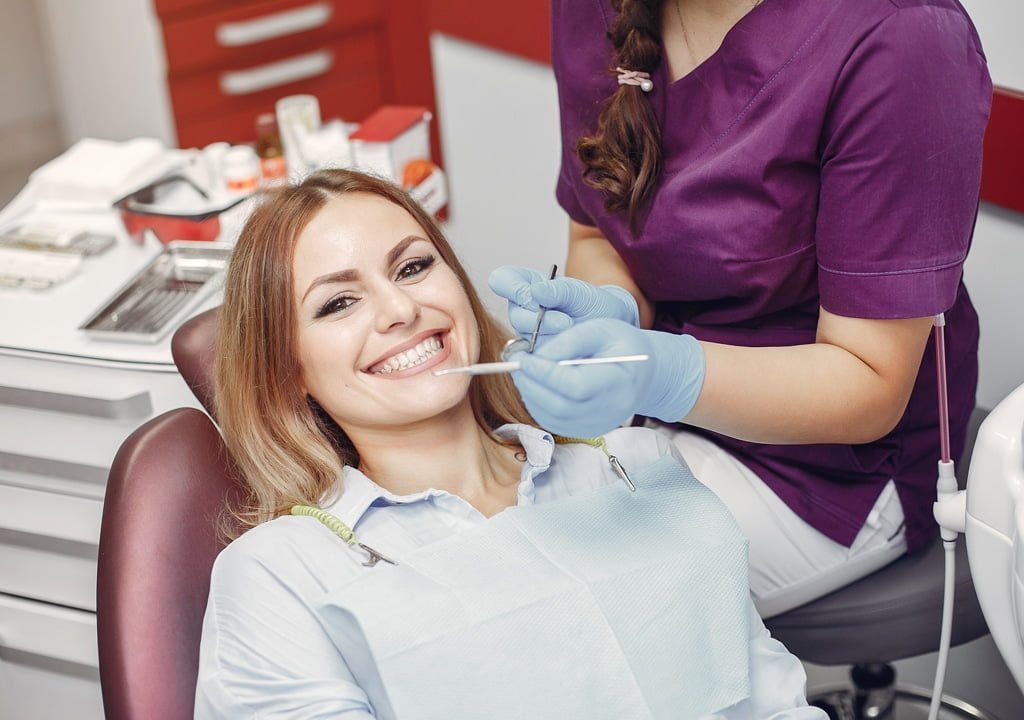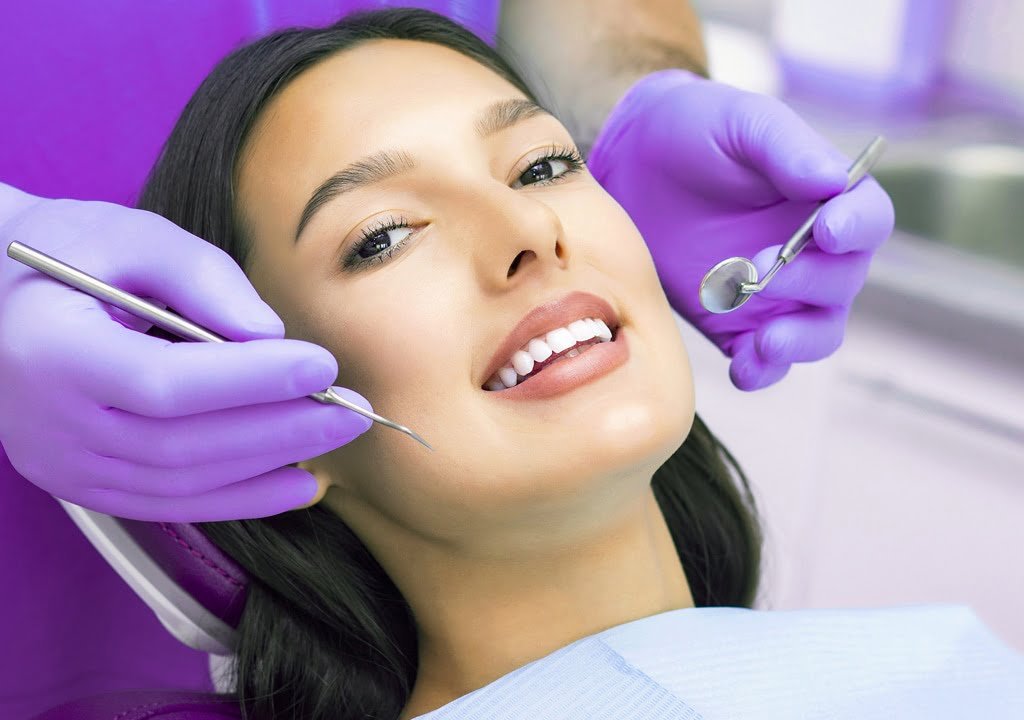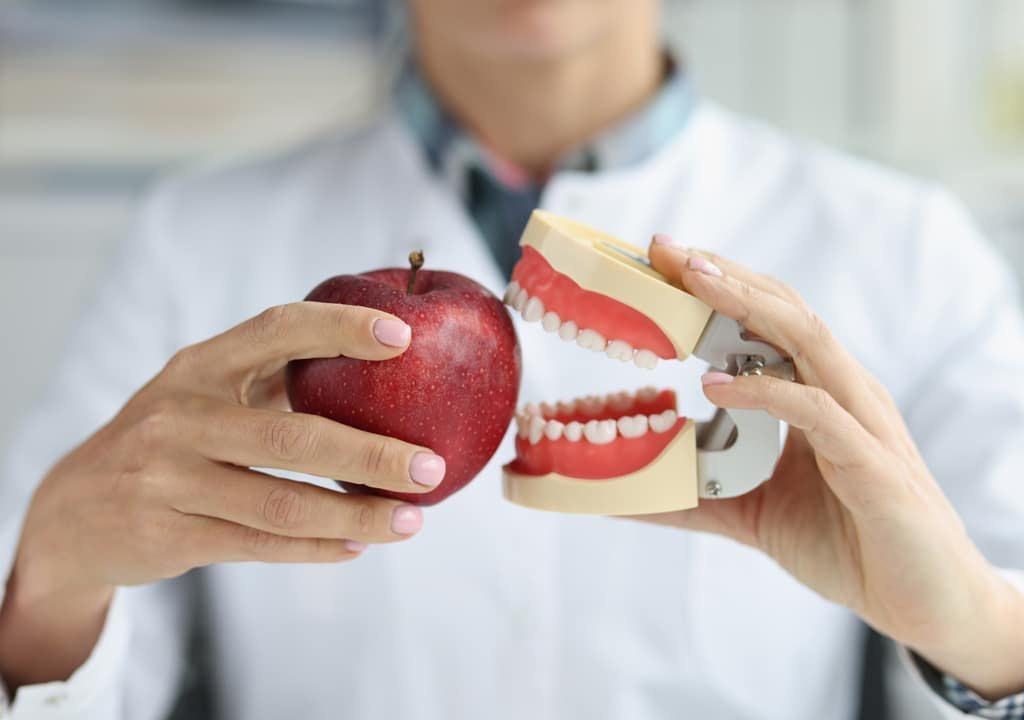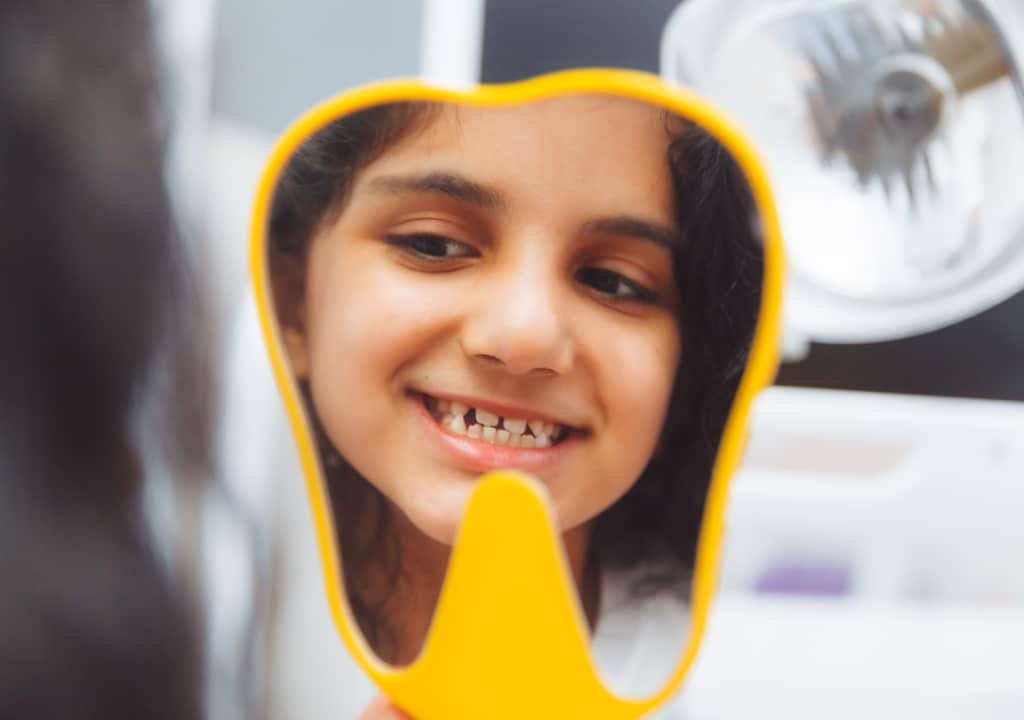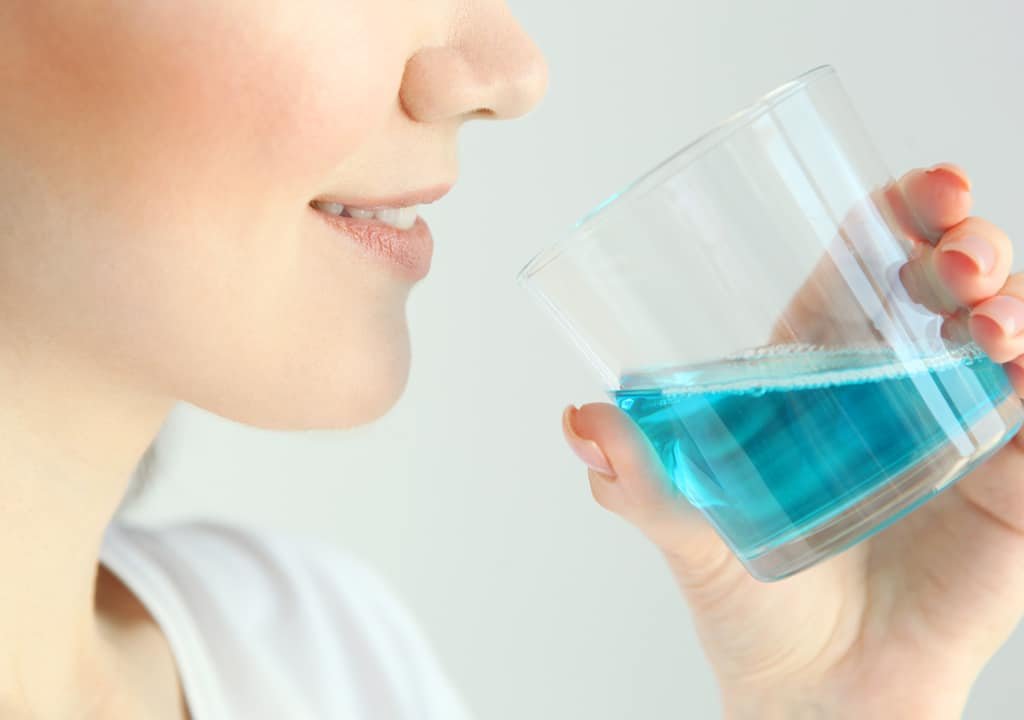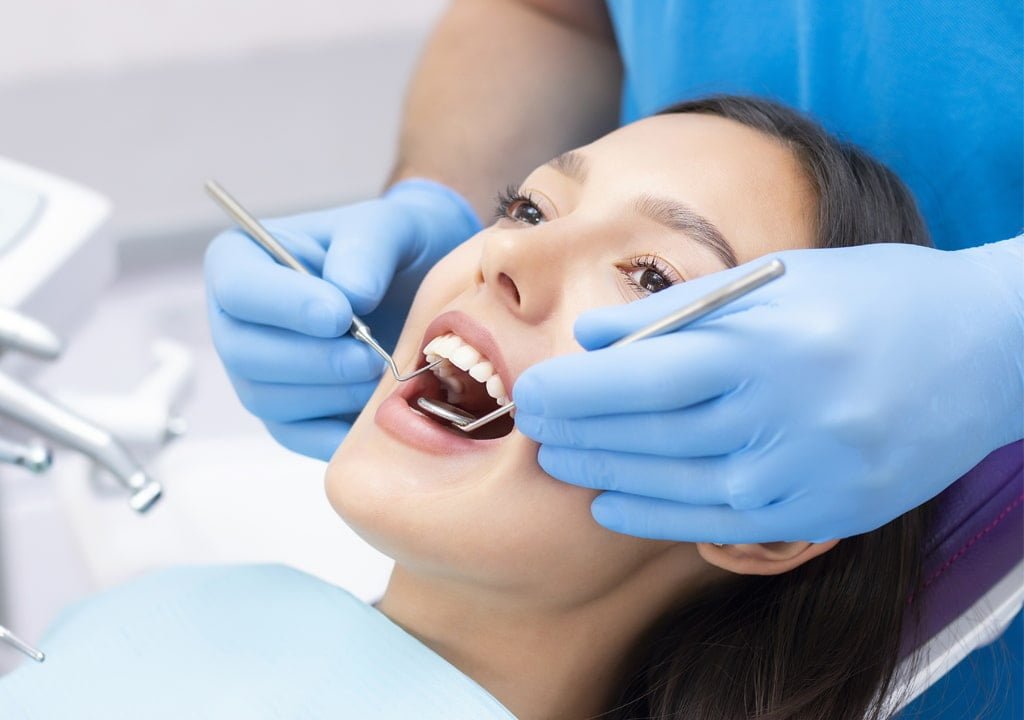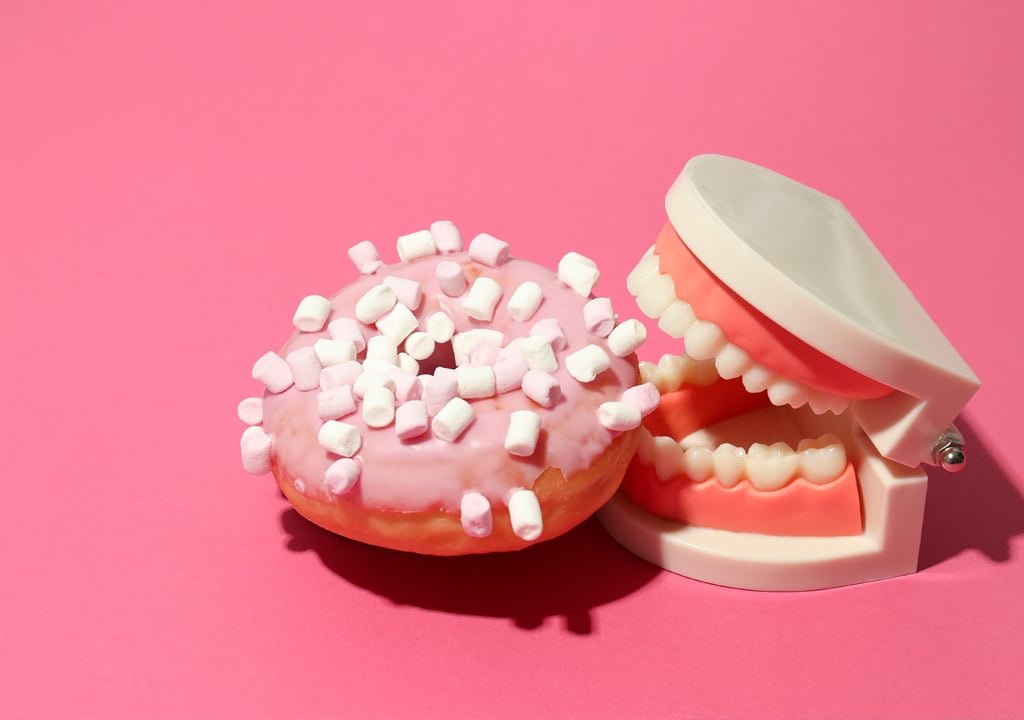Blog
Understanding Dental Insurance: What You Need to Know
Introduction:
We have compiled this article on “Things You Should Know About Dental Insurance”. The reference links are at the bottom of the article.
[1]Let’s face it: Getting dental work done can be expensive. Even the most basic cleaning can put a dent in your pocketbook. Having comprehensive dental insurance may mean the difference between putting off important oral healthcare or living with gum problems or a mouthful of cavities. However, because of the way certain policies are designed, you may be limited in what work you can get completed.
Some people put off care because their insurance doesn’t cover the treatment at all, while others do so because they’ve used their maximum coverage for the year. Still, most people agree that having some coverage is better than nothing at all. So how do you start? Here are four key steps to take when buying dental insurance to avoid getting caught with unexpected expenses.
Key Takeaways
- Dental insurance gives you coverage to help pay for certain dental work.
- Indemnity plans are more expensive because they don’t have a network.
- PPOs and HMOs are often cheaper but require patients to stay within their networks.
- Compare group and individual policies and make sure you understand how the network works.
- Be sure you’re aware of which costs the policy covers and how much you’ll have to pay out of pocket.
The Basics Of Dental Insurance
Dental insurance gives you coverage to help pay for certain dental work. These policies can help insured parties pay for all or part of the work their dentists perform, from routine cleanings and X-rays to more-complicated ones such as implants.
Although dental insurance works a little like health insurance, the premiums are typically much lower—but, of course, there’s a catch. Most health insurance policies cover a hefty percentage of even towering expenses once you’ve paid your deductible, and many have an annual out-of-pocket maximum, along with a $50 to $100 deductible. This is not the case with dental insurance, which usually follows a 100-80-50 coverage structure.
If you are using in-network dentists, dental plans generally pay 100% of preventive care—exams, X-rays, and cleanings. Basic procedures, however, such as fillings, root canals, and extractions, only pay 80%, while major procedures such as crowns, bridges, implants, and gum-disease treatment may only be 50% of the cost. Orthodontia and cosmetic dentistry, which are not deemed medically necessary treatments, are usually not covered at all.
[2]The 5 Things You Should Know Before You Buy Dental Insurance
It’s no secret that oral health has a sizable impact on your well being. If you’ve ever experienced a toothache while attending a conference far from home, or needed a crown repair just when you thought your teeth were in tip top shape, you know that dental care is of primary importance.
However, there’s no need to wait until you’re in pain before you think about oral care. Your health insurance policy likely covers everything from preventative care to major surgeries, but most plans do not include dental coverage. So how do you pick out a dental plan that works best for you and your budget?
Here Are Five Things You Should Know Before You Purchase Dental Insurance.
Most Plans Cover Preventative Care
Annual checkups, or six-month checkups can get costly. They typically include a cleaning, a visual inspection from the dentist, and x-rays every year. This means that you may spend upwards of $200 just on a preventative care visit!
Most dental insurance plans cover 100% of the cost. However, some may only cover around 60%. When purchasing your plan, make sure that all preventative care fees are included, as these visits are what ward off future, more costly appointments.
Basic Restorative Care Coverage Is Critical
Most dental plans will cover 80% of the cost of fillings, extractions, and re-cementing of previous crowns and bridges. You’ll pay the remaining 20%. This potentially means huge savings in your pocket, as a $400 filling may only cost you $80!
Keep in mind, though, that most dental plans will only cover amalgam (silver) fillings, not composite (tooth-colored) fillings. So if you want to avoid metal fillings, there may be additional costs.
Major Restorative Services Are Likely Covered
Crowns, bridges, implants, and root canals are typically covered at a rate of 50%. Although it may seem like you’re still paying a lot, in reality, you likely won’t need these services often. However, when you do, you’ll be glad to only pay half of what you would without insurance!
A root canal with a crown can cost upwards of $2,000. You’re already in pain from the tooth. Avoid adding any extra pain to your wallet, too. Dental insurance will knock your bill down to $1,000.
Corrective Services Aren’t Typically Included
If you need braces or other orthodontia, you’ll want to consider buying a rider policy (unless the plan you are considering provides coverage). These are usually just a few dollars more per month, and typically cover 50% of the cost of your service.
Dental Plans Have Waiting Periods
Although dental plans can save you a whole lot of money, you don’t want to save up all your dental work for the first month you purchase a plan.
Typically, preventative care visits are covered immediately, or within 30 days. Basic restorative services may be covered after 3 months, and major restorative services after 6 months. Even then, you’ll want to check how much your policy covers during a calendar year. Some policies may only cover a few services each year.
In addition, most dental plans must remain in effect for at least one year. So, best to nix the idea of getting a dental plan to quickly cover the cost of those 5 crowns you just found out you needed. This is really beneficial to you as the policy holder, as well, since you want to be vigilant about your oral health now and for years to come. Our MetLife Dental Insurance has a 12-month waiting period for bridges, dentures and orthodontia.
Now that you know what to consider when shopping for a new dental plan, are you ready to get started? Call us today and let our experienced advisors at TMA Insurance Trust help you find the right dental plan for you, your family and your medical practice staff.
[3]Benefits Of Dental Insurance Coverage
Dental health in India does not get the same importance as physical or mental health. It is also expensive to take care of dental health and hygiene. Both these reasons lead to tooth decay and other problems that can be avoided. You too may delay visiting a dentist until the problem is severe.
Dental insurance and its benefits can change all this for the better. Comprehensive dental insurance coverage includes simple and major treatments. These plans also provide cover for preventive care, ensuring that your medical bills are pocket friendly. This also encourages people to visit dentists more often.
Here Are Some Inclusions Of Comprehensive Dental Plans.
- Regular consultation and follow-ups
- Dental procedures like tooth filling, and root canal procedures
- Diagnostic tests like dental x-ray and clearance exams for patients undergoing chemotherapy
- Dental surgeries and implants
- Oral infections, treatment for gum conditions, pediatric dental care
Dental insurance also covers preventive care, medication, and treatment after a surgery. You also get complete coverage for damaged teeth due to an accident. Some insurers provide free consultations with dentist from their network too.
Conclusion:
Thank you for reading this article, and check back frequently for other dental health articles. Should you have any questions, please contact Apple Tree Dental today!
Article compiled by Apple Tree Dental
Article reference links

